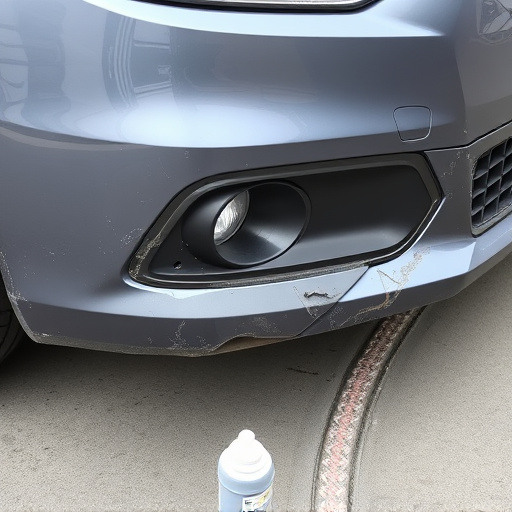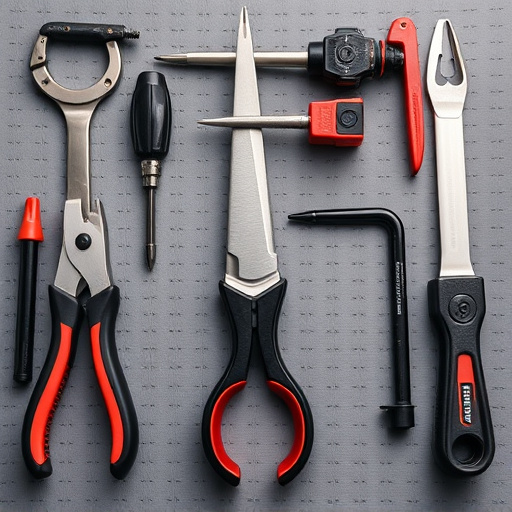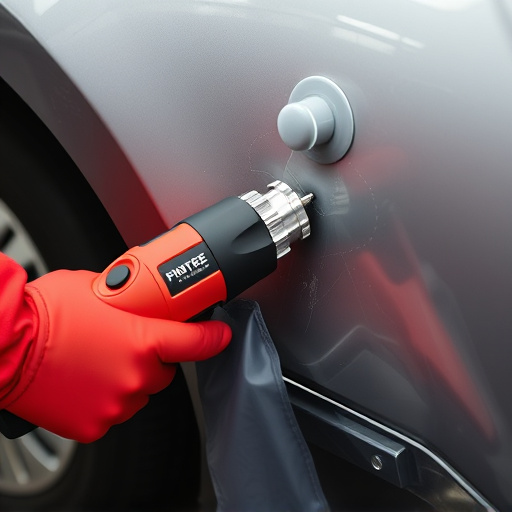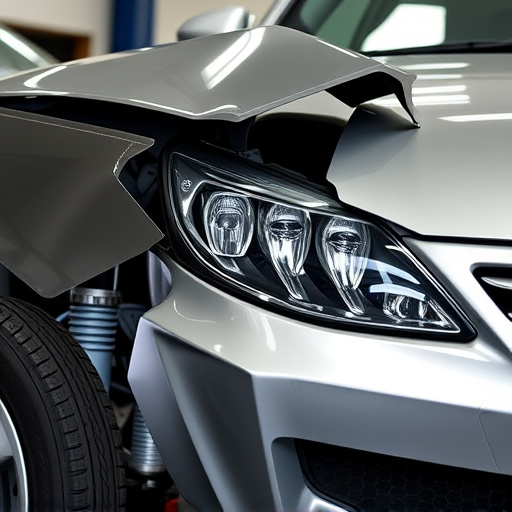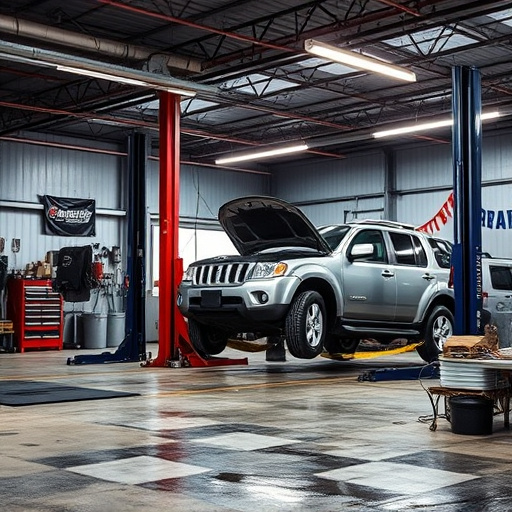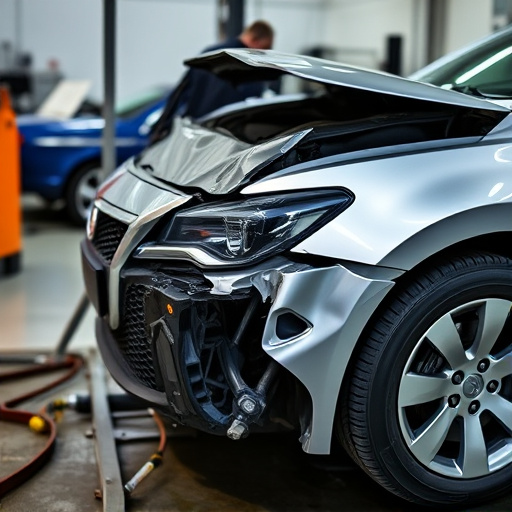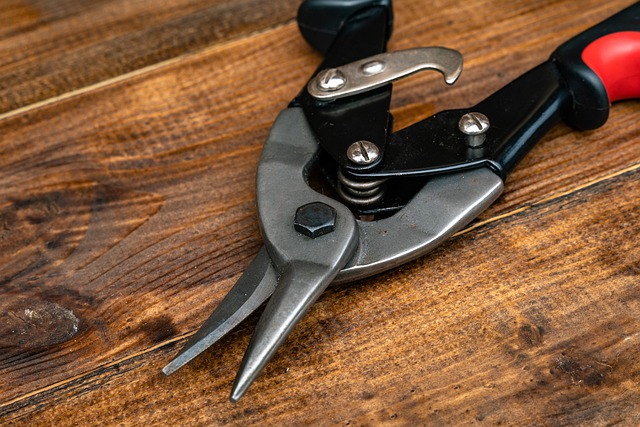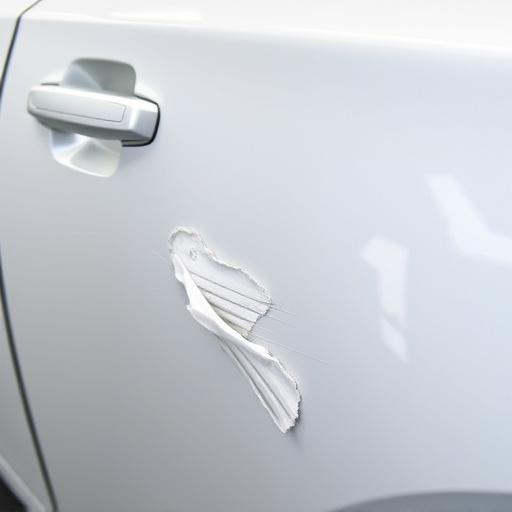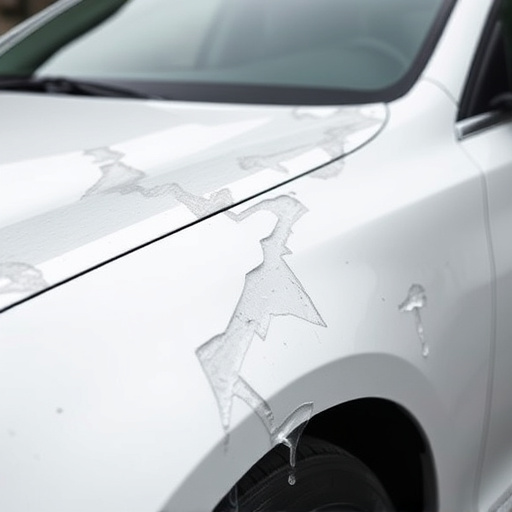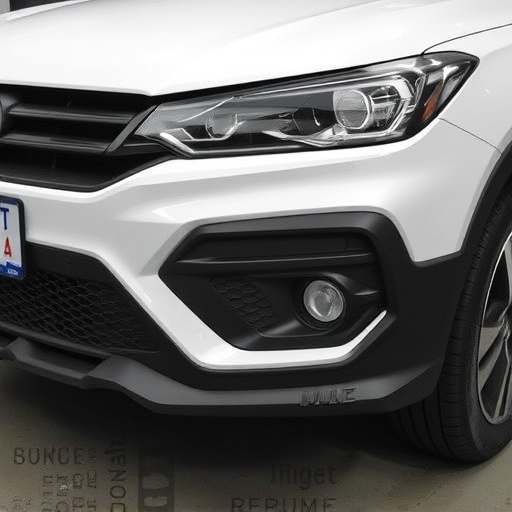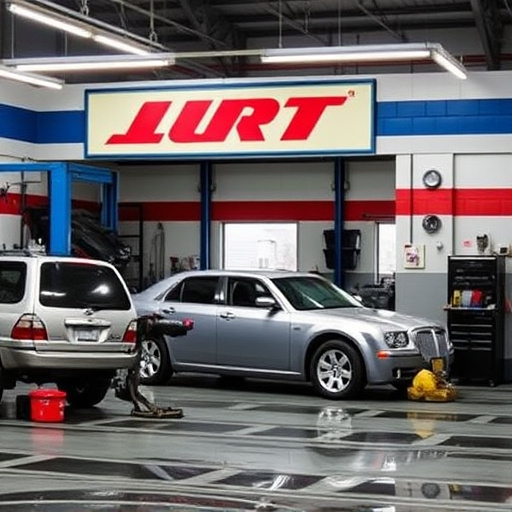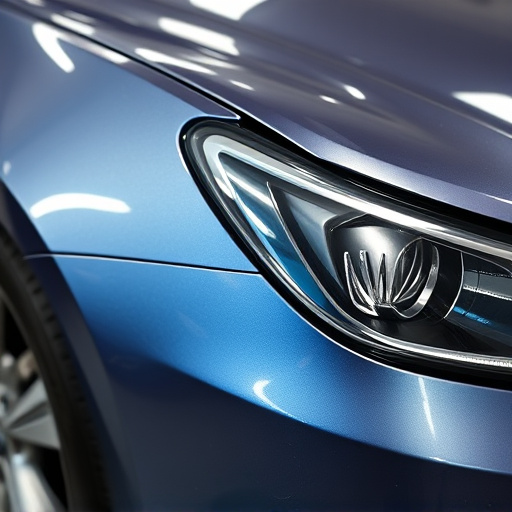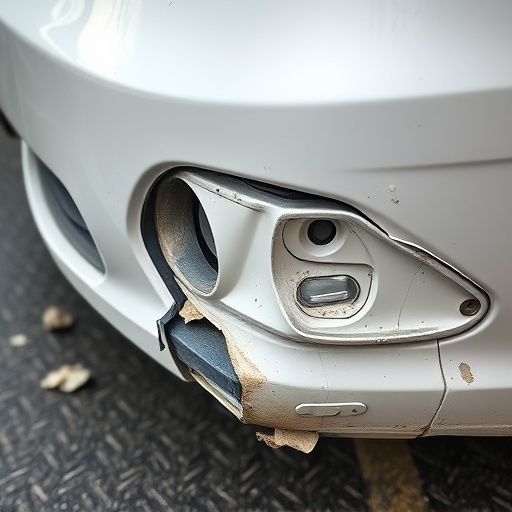Cold weather severely impacts Tesla 12V batteries, leading to reduced capacity and starting issues. Regular maintenance, including insulation and optimal charging, prevents short circuits, ice buildup, and sudden failures. Proactive checks, specialized diagnostics, and simple repairs are crucial for efficient Tesla 12V system repair in colder climates, ensuring reliable vehicle functionality throughout all seasons.
In the cold grip of winter, Tesla owners often face unexpected challenges with their 12V systems. The harsh weather significantly impacts battery performance, leading to common failures like slow starting, dim lighting, and even complete system shutdowns. This article delves into the unique issues faced by Tesla drivers during cold seasons, offering insights on how to identify problem areas and implement efficient repair strategies for a reliable 12V system year-round. By understanding these maintenance tips, owners can keep their Teslas running smoothly despite the frosty conditions.
- Cold Weather's Impact on Tesla 12V Batteries
- Common 12V System Failures in Winter Conditions
- Efficient Repairs and Maintenance Strategies
Cold Weather's Impact on Tesla 12V Batteries
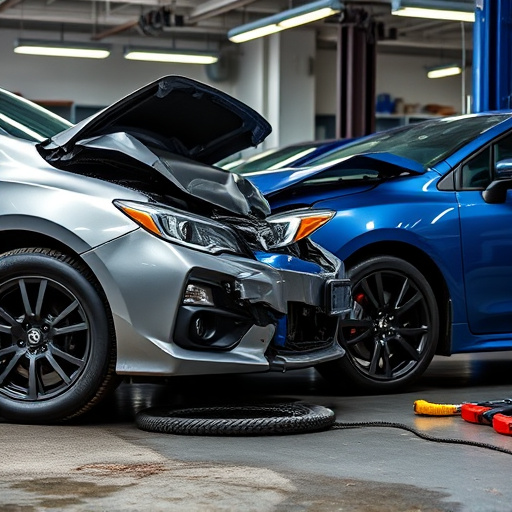
Cold weather can significantly impact the performance and longevity of Tesla’s 12V batteries. Lower temperatures cause chemical reactions within the battery to slow down, reducing its overall capacity and power output. This is particularly problematic for electric vehicles (EVs) like Teslas, where a well-functioning 12V system is crucial for various onboard functions during cold seasons. When a Tesla owner in a snowy or icy region experiences issues with their 12V system, such as difficulty starting the car or inoperable accessories, it’s often attributed to the battery struggling to deliver sufficient current in freezing conditions.
Regular maintenance becomes even more critical during these periods. Proper insulation of the car body and battery can help mitigate some effects of cold weather on Tesla 12V batteries. Additionally, keeping the battery charged at optimal levels before cold snaps can improve its performance. If you’re dealing with persistent issues, considering a professional auto repair service near you that specializes in EV diagnostics and repairs is advisable. Unlike simple car scratch repairs or body restoration tasks, Tesla 12V system repairs require expertise in electric vehicle technology to ensure the safety and efficiency of the vehicle’s power distribution network.
Common 12V System Failures in Winter Conditions
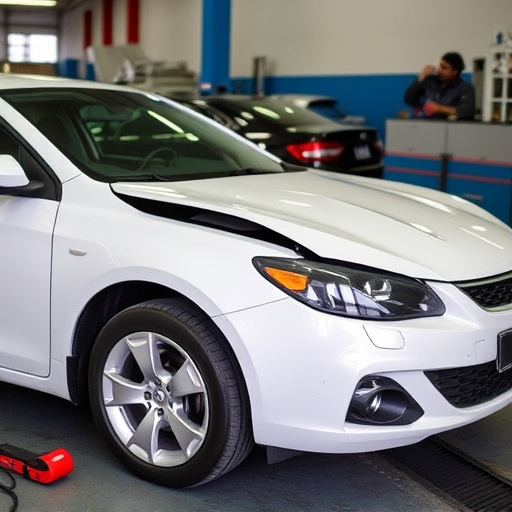
In colder climates, the Tesla 12V system faces unique challenges that can lead to common failures. One of the primary issues is the increased risk of battery drain due to lower temperatures, which can cause components like lighting systems and accessories to malfunction or not start at all. Additionally, cold weather can harden and crack insulation, leading to short circuits or open wires within the intricate network of the 12V system. These problems are further exacerbated by the potential for ice buildup on electrical connections, creating a hazardous environment that can cause sudden failures.
Another area of concern is the impact on various car bodywork services and components, such as paintless dent repair techniques. Winter conditions often leave visible signs of damage from snow, ice, and road salt, which not only affect the aesthetic appeal but also require meticulous attention during repairs to ensure the 12V system’s integrity remains intact. Proper maintenance and timely servicing are crucial in cold environments, addressing these issues before they escalate into more complex (and costlier) Tesla 12V system repair needs.
Efficient Repairs and Maintenance Strategies
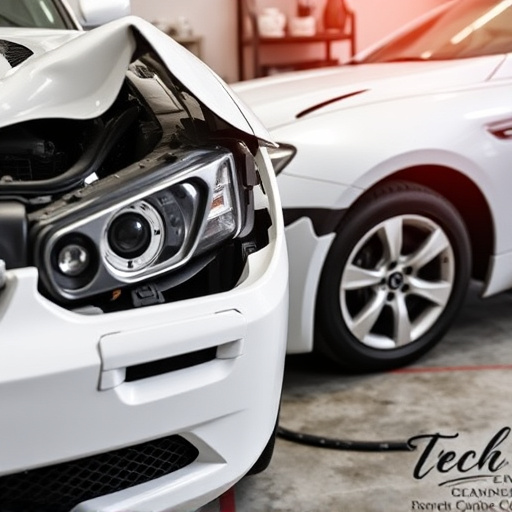
In cold weather conditions, efficient repairs and maintenance strategies for Tesla’s 12V systems become even more crucial. One key aspect is to address any potential issues proactively. Regular checks on battery health, electrical connections, and grounding are essential. Auto repair services specializing in electric vehicles should be equipped with the latest diagnostic tools to identify subtle problems early on. For instance, a simple scratch repair on exposed wires can prevent more complex 12V system failures that may occur due to moisture intrusion during icy conditions.
Additionally, keeping the vehicle’s electrical components clean and well-insulated is vital. This includes applying protective coatings or using weatherproof enclosures for external components. Regular maintenance routines should include checks for any signs of corrosion or damage, especially in harsh climates. Efficient repairs not only ensure the reliability of Tesla’s 12V systems but also contribute to a smoother driving experience in all seasons, making vehicle repair more accessible and cost-effective.
In cold weather, Tesla’s 12V systems face unique challenges, leading to increased failure rates. Understanding how freezing temperatures impact batteries and common winter-related issues is crucial for efficient repairs. By implementing proactive maintenance strategies, such as regular battery checks and timely replacements, owners can minimize disruptions. Optimizing 12V system repair processes ensures the reliability and longevity of Tesla vehicles during colder months, maintaining a smooth driving experience despite the weather.
